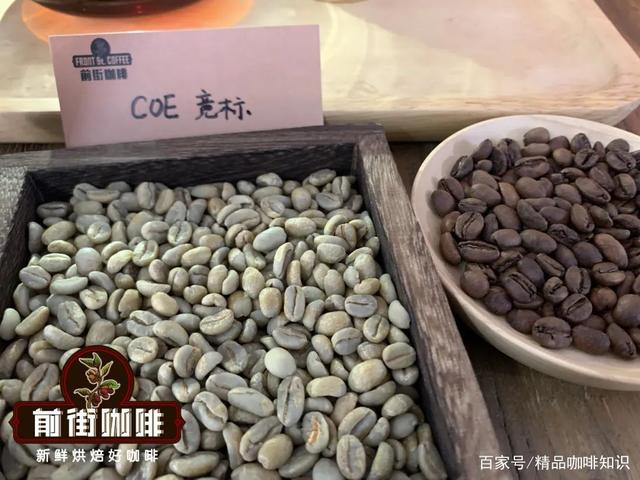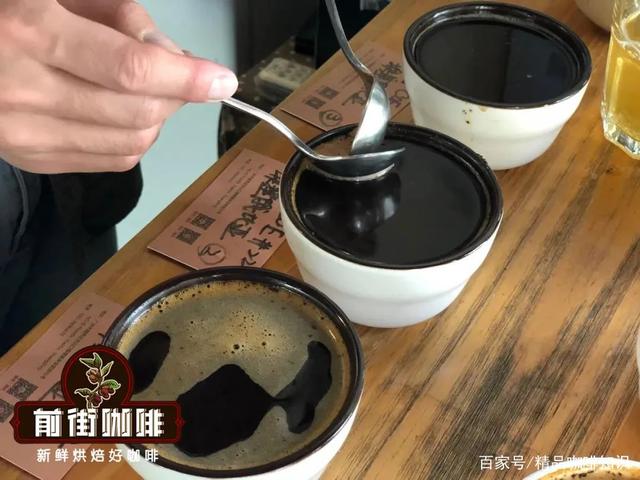Ethiopian coffee beans | COE#22 West Arsi production area boutique coffee beans flavor introduction _ COE coffee beans why the price is so high?
"Women roast fresh coffee beans in clay pots and boil them with an utensil called 'Jebena'." This is the hospitality of the Ethiopian people, it can be seen that coffee has become an indispensable part of the local people's life, it is not only a source of wealth, but also represents the hospitality.
It is generally believed that the source of global coffee varieties is from Africa and Ethiopia, and its superior geographical conditions make the local environment loved by coffee fruits, one after another to take root, sprout and bear fruit here. Especially in Harald, Limu, DJimma, Sidamo, Kaffa, Yergacheffe and other regions, the picked coffee fruit has become the regional representative of Ethiopia in terms of flavor.
So how to become a national representative?
Representatives from various countries and regions were selected to participate in the Olympic Games "COE" (Cup Of Excellent) and the National Games "TOH" (Taste of the Harvest), which are known as African coffee beans. The coffee beans that get the ranking will get better treatment, and some of them will become aristocrats and professional competition coffee beans in the hands of baristas.

Guangzhou Qianjie Coffee has always been fond of COE 22 athletes (coffee beans). It comes from the West Alsi region of Ethiopia, where the main population is Oromo, who are the first tribes to drink coffee in human history. Half of Ethiopia's average coffee beans come from this area. The scale of coffee cultivation in this producing area mostly adopts the family-scale small-scale peasant management model, and the treatment of coffee beans after harvest is basically completed in their own workshops.

After three-stage extraction, the citrus is boiled with acidity, berry juice, creamy smoothness and honey finish.
Important Notice :
前街咖啡 FrontStreet Coffee has moved to new addredd:
FrontStreet Coffee Address: 315,Donghua East Road,GuangZhou
Tel:020 38364473
- Prev

The Development of Coffee Culture | the Historical Origin and Development of Coffee A brief introduction to instant Italian boutique coffee
The ancient Arabs used the dried coffee fruit as a stomach medicine to promote digestion. after it spread to Europe in the 16th century, large and small cafes landed one after another, and gradually became a hot place for local political, cultural and academic exchanges. As the study found that caffeine has a positive effect on job performance and mental state, the development of coffee
- Next

Ethiopian coffee beans | Waka cooperative boutique coffee bean flavor description _ what is the cooperative coffee bean production mode?
Coffee cultivation in Ethiopia is generally based on small farmers' workshops, and the output quality is often affected by unfavorable factors such as technology, capital, labor force and lack of market promotion platform in the process of production. When many coffee farms with their own characteristics cooperate in joint production, they develop together by learning from each other's strong points to offset their weaknesses.
Related
- Guji coffee producing area of Guji, Ethiopia: Humbela, Shakiso, Wulaga
- What is the most expensive variety of Qiloso in BOP multi-variety group?
- How to store the coffee beans bought home?
- Why are Yemeni coffee beans so rare now?
- Ethiopian Sidamo all Red Fruit Sun Sun Santa Vini Coffee beans
- SOE is mostly sour? What does it mean? Is it a single bean? what's the difference between it and Italian blending?
- Is Italian coffee beans suitable for making hand-brewed coffee?
- How to choose coffee beans when making cold coffee? What kind of coffee beans are suitable for making cold coffee?
- Just entered the pit to make coffee, what kind of coffee beans should be chosen?
- Can only Japan buy real Blue Mountain Coffee? What are authentic Jamaican Blue Mountain coffee beans?

